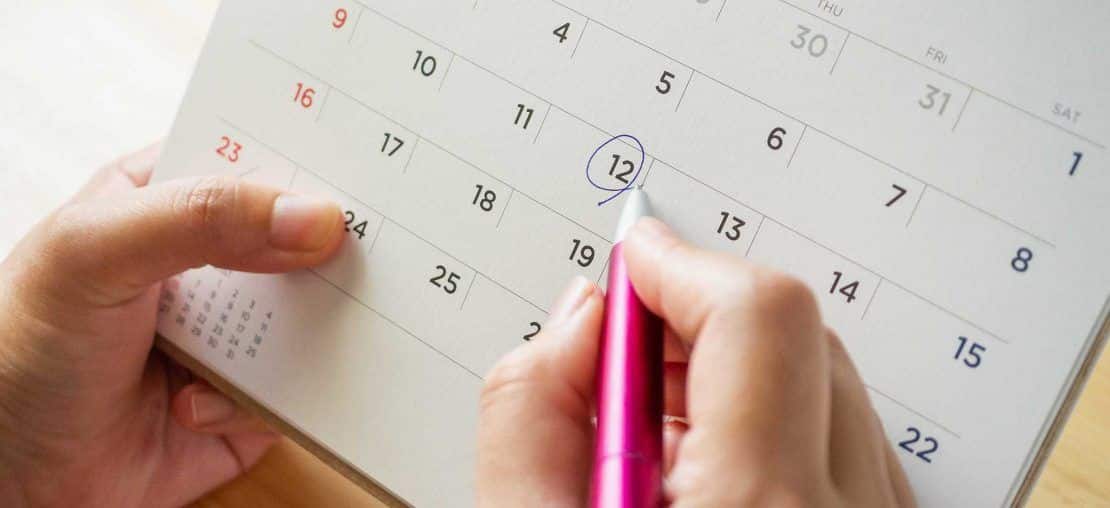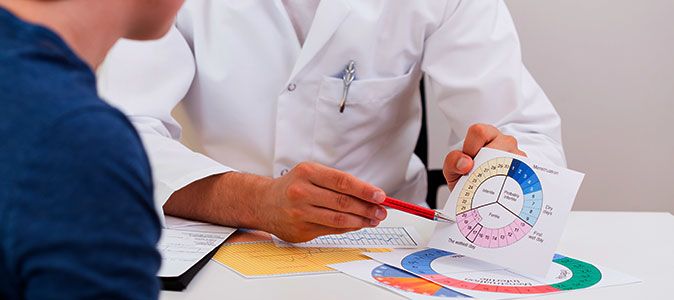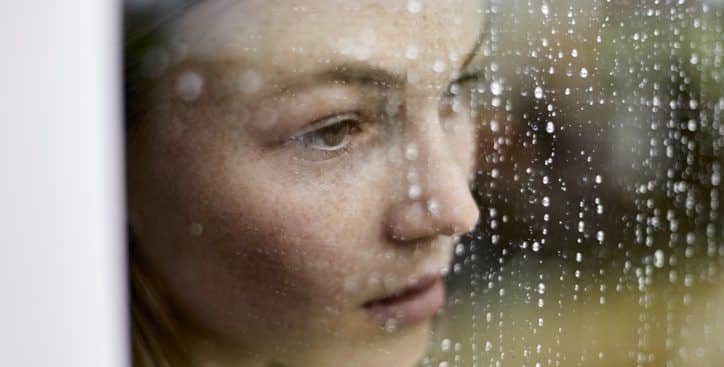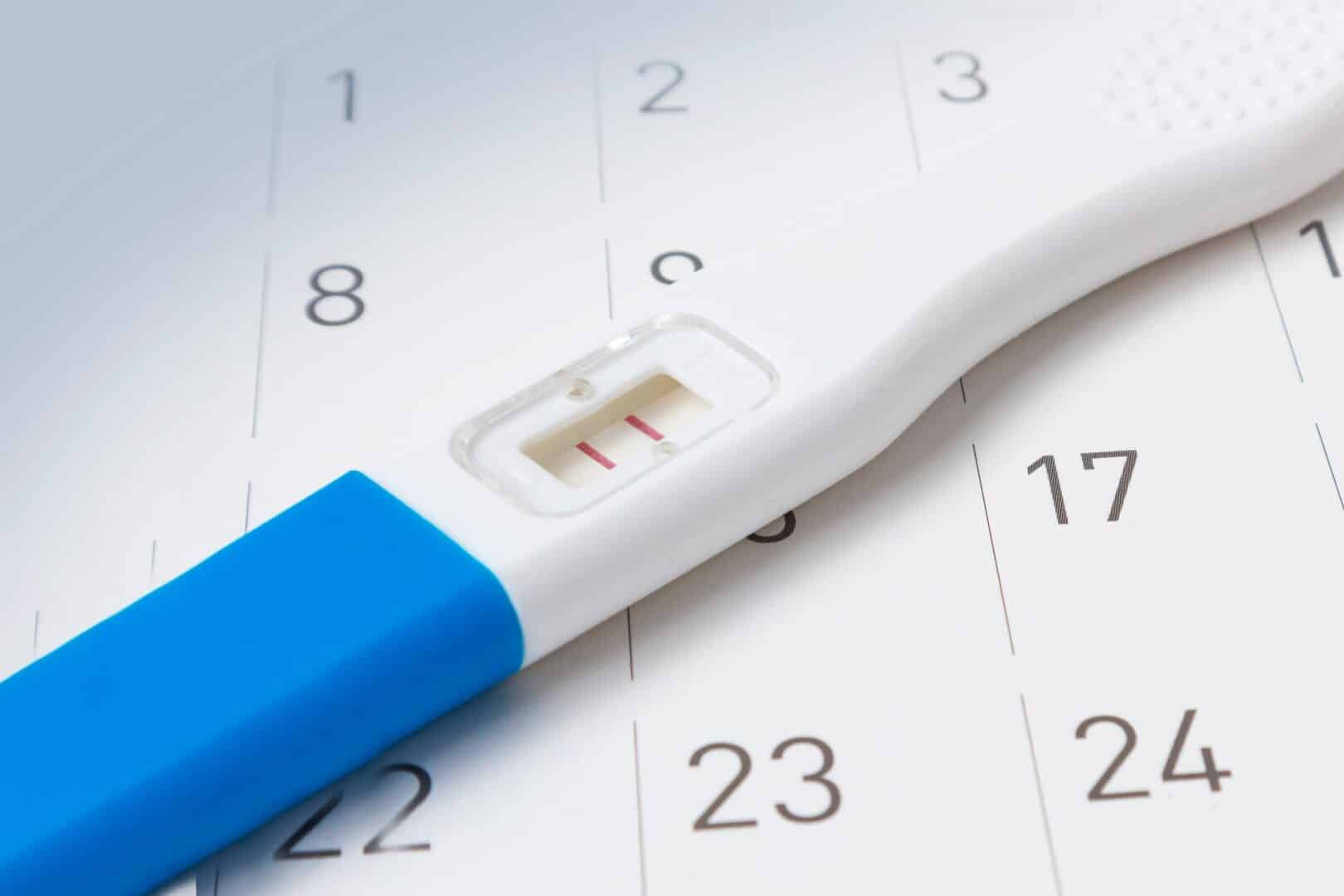The fertile period is the ideal time to get pregnant, but it is common for there to be confusion regarding the specific days that comprise it.
The fertile period is the period marked by a certain period of time that determines a woman's greatest chances of getting pregnant. In it, the body goes through both hormonal and emotional changes, such as an increase in libido, for example. Furthermore, the period is responsible for preparing the uterus and the woman's entire body to carry out fertilization, that is, the first stage of pregnancy. It lasts 6 days and happens every month until menopause. Therefore, learning to calculate when the fertile period is is extremely important.
It is common for the fertile period to occur between 1 and 14 days after the first day of menstruation, but each organism is unique. Often, the cycle can occur irregularly, changing the dates and the calculation that must be made. For those who want to get pregnant, knowing exactly which days guarantee a successful pregnancy is essential for a good pregnancy.
As well as the calculation that must be done to find out when the fertile period is, there are signs that indicate the arrival of the period, facilitating the process. Normally marked by hormonal, emotional and even physical changes in a woman's body, they indicate the right time for fertilization.

Check below how to calculate the date of your fertile period, as well as the 6 most common signs that accompany the arrival of the cycle.
How to calculate when the fertile period is
The entire calculation of the most favorable period of time to get pregnant involves understanding the length of your menstrual cycle, as well as the day it starts and ends. For those who have a regular cycle, which comprises 28 days, it is common for the fertile period to begin on the 11th day, right after the first day of menstruation. This time window lasts until the 17th day.
Still, ovulation is likely to occur around day 14 of the cycle. Therefore, the fertile period must occur between 3 days before and 3 days after the date. If menstruation begins on the 10th, for example, the fertile period will occur between the 20th and 26th, with the 23rd being the most fertile of all, and the most suitable for fertilization.
Irregular menstrual cycle
However, for women who have an irregular menstrual cycle, the calculation must be made based on the last 12 months of the cycle. This occurs due to the constant variability of the menstrual period, making it necessary to make comparisons between dates.

Because menstruation in a menstrual cycle does not always occur during the same days, it is extremely unlikely that calculations based on a regular cycle are correct. Despite this, it is possible to base it on notes from one year of cycles, paying attention to the duration of each one. In this way, 18 days are subtracted from the shortest cycle and 11 days from the longest.
As an example: if the shortest cycle lasted 22 days and the longest 28, subtract 18 from 22 and 11 from 28. The result: 4 and 17. Thus, the fertile period must occur during the 4th and 17th cycle day.
There is also the possibility of an ovulation test for those who want greater confirmation of when their fertile period is. The test can be found in pharmacies, and you just need to pay more attention to the signs of the period for greater success in the evaluation.
In the case of contraceptives

Women who take the contraceptive pill correctly do not have a fertile period. Therefore, it is not possible to become pregnant while the routine medication is being administered, as there is no fertilization. Despite this, constant forgetfulness and breaking the pill routine can disrupt the effect of the medicine and allow pregnancy in the case of intimate contact without proper protection.
6 signs of the arrival of the fertile period
Certain symptoms indicate the proximity of the fertile period, involving the changes undergone by the body during the release of the egg. For those who have an irregular menstrual cycle, paying attention to your body's signals is essential to perform the calculation.
1 – Increase in body temperature
Did you know that the menstrual cycle can change your body temperature? The change is minimal, but noticeable. This occurs because the body makes greater effort to prepare for fertilization, with the follicles releasing the eggs and, consequently, the hormone progesterone. It is responsible for the increase in temperature, from 0.3 to 0.8°C.
2 – Emotional instability during the fertile period

One of the most common signs of the arrival of the fertile period is the constant variation in mood, which occurs due to hormonal changes. It's also normal to feel more excited, which could be another indication that the season has arrived.
3 – Transparent secretion
Clear vaginal secretion is one of the first signs that the fertile period has arrived. It is similar to raw egg white, and occurs during the estradiol release phase, responsible for producing more liquid than normal. Estradiol works as a lubrication mechanism, facilitating the passage of sperm through the vaginal canal. The more fluid and transparent the mucus, the easier fertilization is.
4 – Appetite and libido
Likewise, the change in hormonal levels is also responsible for the increase in appetite and libido. The sign is positive, as it makes the woman feel more attractive and with more desire than normal.
5 – Pain in the lower abdomen during the fertile period
Another common symptom is pain in the lower abdomen, or pain that appears in the lower part of the belly, at the level of the ovaries. It is common for many women to feel pain that resembles colic and is fluctuating, an indication of ovulation.
6 – Emergence of pimples

Furthermore, the fertile period brings with it greater skin oiliness. Finally, it is common for some pimples to appear during the season, as hormonal changes favor them, as well as blackheads. The symptom is not exclusive to adolescence.
So, what did you think of this article? If you are interested, also check out Symptoms of fertilization – How it occurs, stages and first signs
Sources: Tua Saúde, Tua Saúde, Unimed
Images: Dermaclub, Unimed, MD Saúde, Amor Saúde, Art Fértil, Santo Remédio




